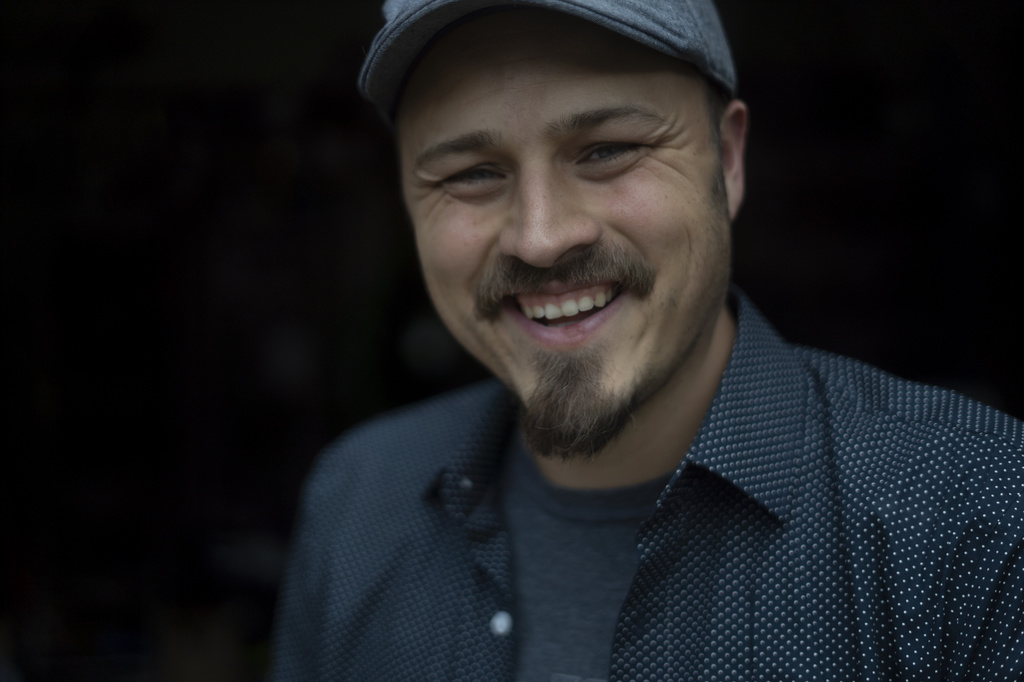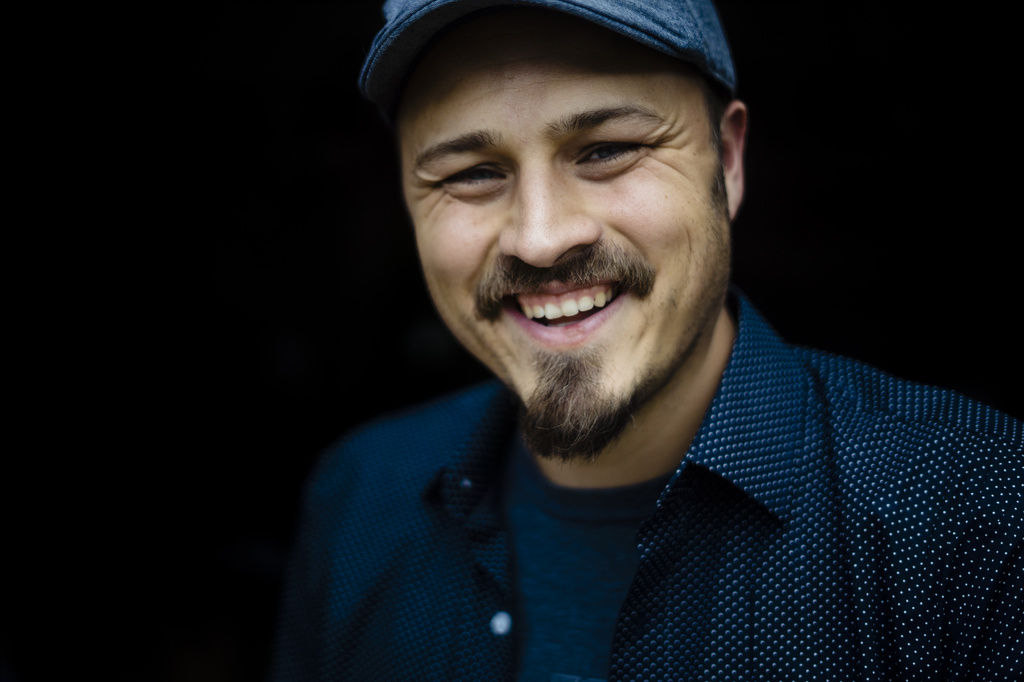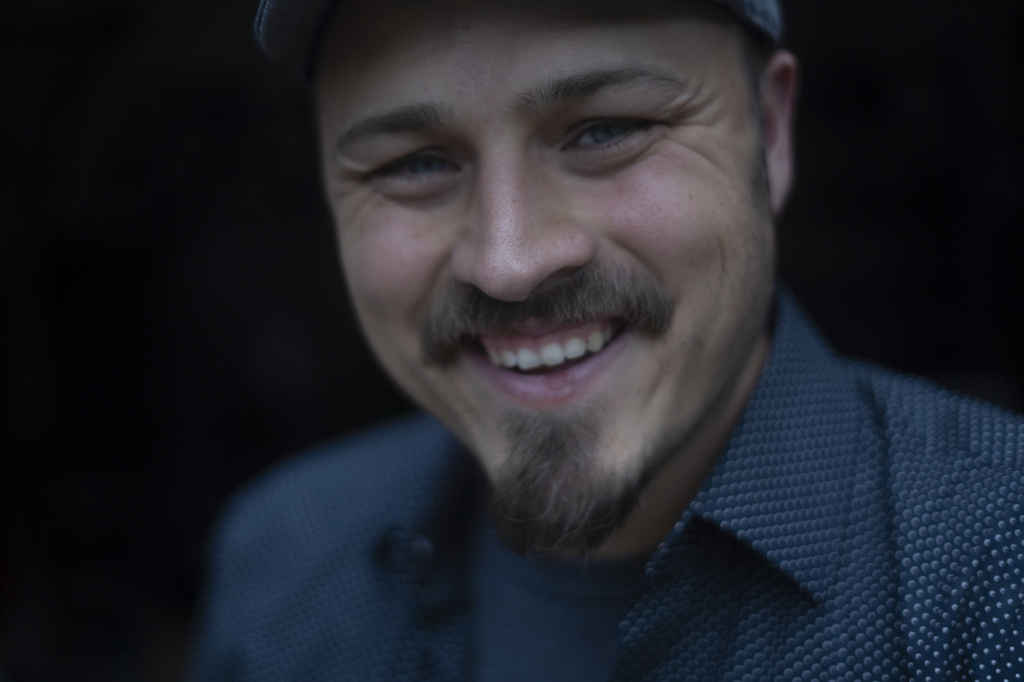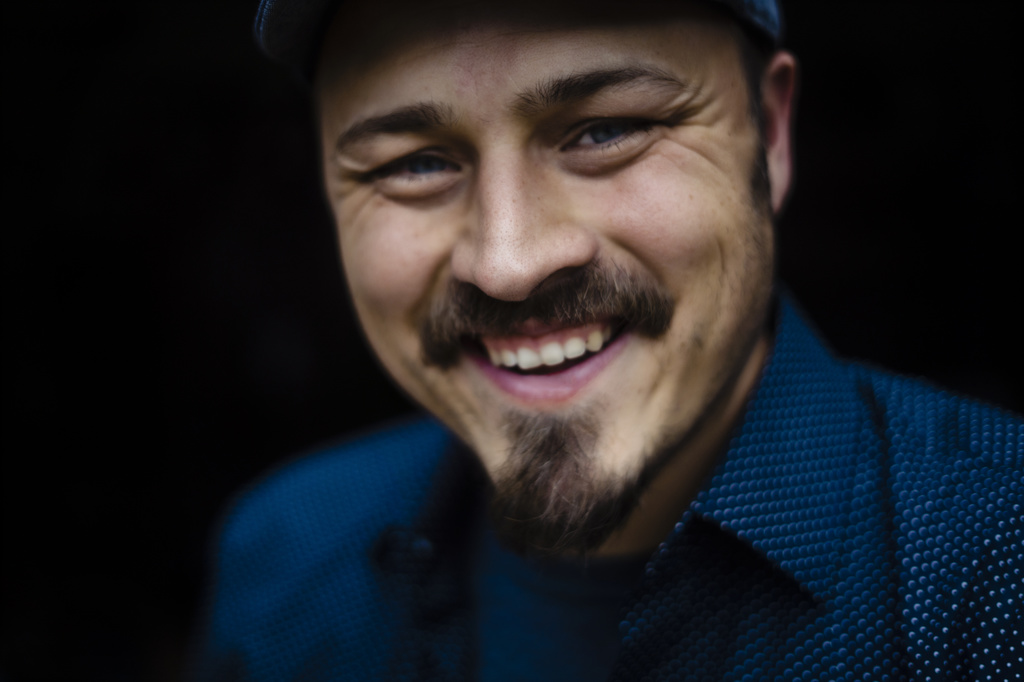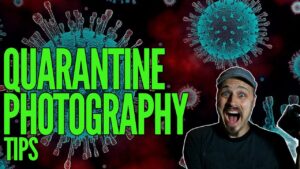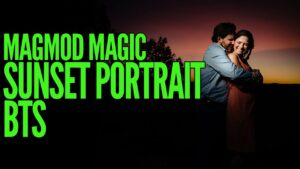Learn how to make an ugly background into something amazing. Joshua uses lighting and contrast to highlight the subject. Welcome back to Location Hacking!
The best part about photography is the fact that you can create an awesome composition from just about anywhere. Hence why location hacking tools can be extremely valuable as a photographer!
For this video, Joshua took a messy location and turned it into a background for portraits. The best way to accomplish this is through the ‘black box’ effect. This is when the photographer takes any background and uses the available lighting to create a falloff effect to turn the background black.
The black box effect is known to highlight the subject and create a noticeable contrast between the subject and the background, helping to create a distraction-free portrait.
The way to accomplish this primarily depends on the lighting. Any time you have a dark shaded area next to an area in direct light you are most likely working with ‘open shade.’ In this scenario, Joshua positions himself at the edge of the light right in front of the garage.
The shade from the garage combined with ISO 100 and a fast shutter speed will shed the light on the subject while drowning out the background. Using a 1.8mm lens and a remote trigger, Joshua begins the portrait session!
From the photos, you’ll see that not everything in the background went completely unnoticed. That’s why we have editing. The 1.8mm lens still gave Joshua the textured background he wanted, but with some touch-ups he was able to eliminate any sign of the messy garage behind him.
The black box effect highlights your subject with natural light and gives great contrast to a composition. Something to be wary of is a scenario where the natural soft light becomes harsh natural light. If this occurs, your subject might have to back more into the shade. If the natural light stays soft (think partly cloudy), your subject can still be in front of the garage and stay highlighted by the sun plus you get to keep the dark background.
Find a subject and try out the black box technique, and if you don’t have a subject, take that opportunity to work on self-portraits! Check out our post on the blog about self-portraits here. For more of your favorite Shutter School content, visit the rest of the blog and subscribe to our YouTube channel!

